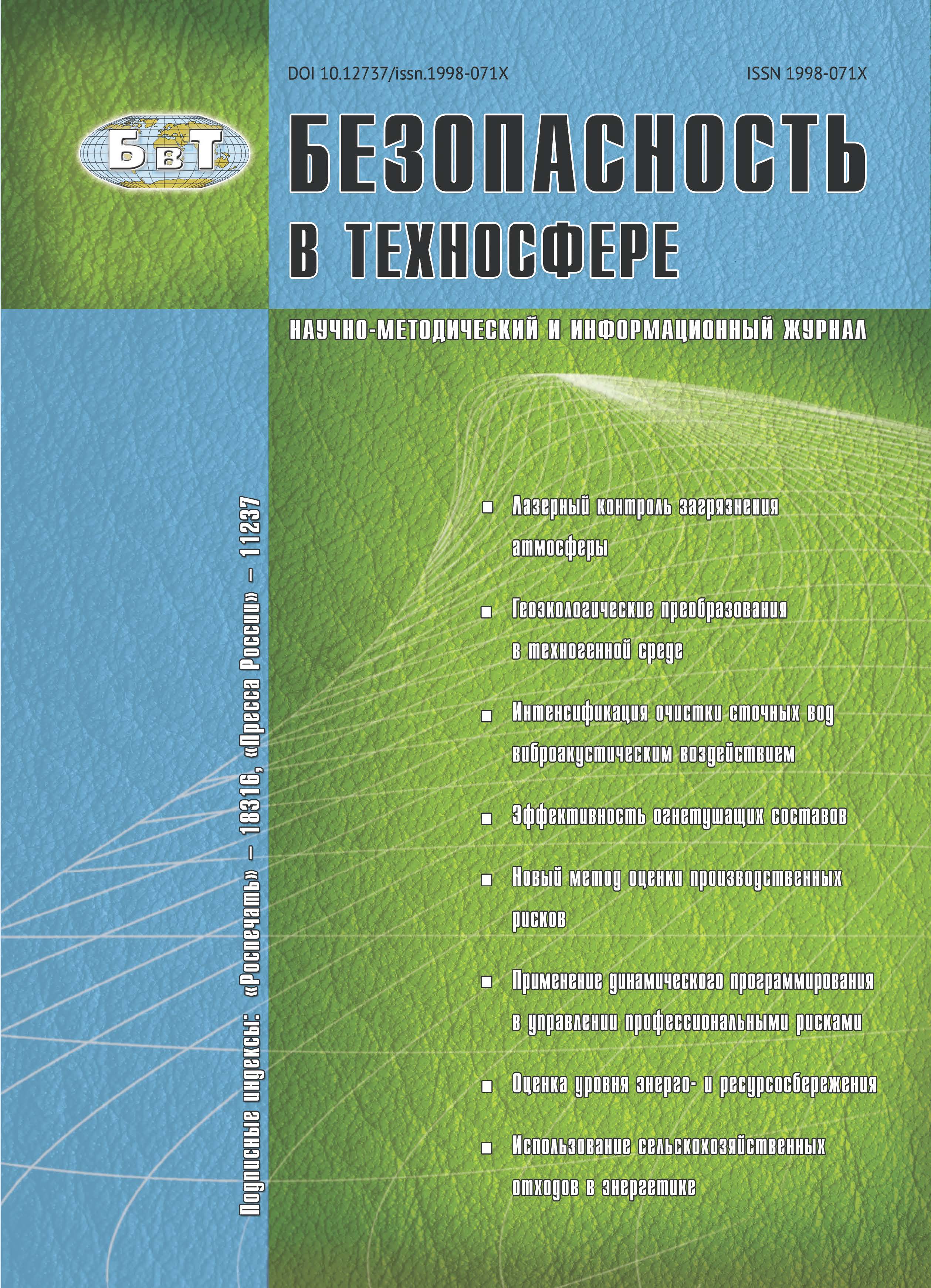from 01.01.1997 until now
Moscow, Moscow, Russian Federation
The paper discusses the environmental issues of biotech industries. It presents a schematic diagram of yeast biomass feed on paraffin oil and producing fodder yeast hydrolysis. Possible ways of optimizing the thickening stage activated sludge, including through the use of various separators are described. Results of industrial tests of various separators are presented. In the process of carrying out pilot tests we found that for biotech companies the most appropriate way of thickening activated sludge is its pre-flotation and further centrifugation. We define the ways of recycling activated sludge, in particular in its processing operation, followed by acid hydrolysis using an additional substrate when growing feed yeast. The dependence of yeast biomass yield on the amount applied to the fermentation of the hydrolysate activated sludge is offered. The importance of quality used activated sludge, in particular on the content of mineral elements is emphasized. Other ways of handling and recycling or disposal of excess sludge are also considered.
biotech companies, biomass feed yeast, feed yeast hydrolysis, excess activated sludge, paraffin oil.
1. Введение
Наибольший и устойчивый эффект очистки достигается при создании оптимальных условий культивирования аборигенной микрофлоры и фауны в очищаемых средах, в частности в загрязненных воде и почве [1–9]. Интенсифицировать указанные процессы очистки можно также одновременным применением физико-химических методов, в частности с использованием флотации. Необходимое сочетание биотехнологических и физико-химических методов определяется для конкретных условий очищаемых сред. Нами в условиях производства показана целесообразность использования предварительно обработанных отходов в биотехнологических процессах, в частности использование гидролизата активного ила в качестве дополнительного субстрата при выращивании кормовых дрожжей. В этих случаях достигается не только интенсификация биотехнологического процесса, но и утилизация образующихся отходов.
1. Sushkova V.I., Vorob’jova G.I. Bezothodnaja konversija rastitel’nogo syr’ ja v biologicheski aktivnye veshhestva [Waste-free conversion of plant materials in biologically active substances]. Kirov, 2006, 291 р.
2. Solov’ev V.N., Ksenofontov B.S. Novye tehnologicheskie priemy, ispol’zuemye na Kirishskom biohimicheskom zavode. Obzor [New technological methods used at the Kirov biochemical plant. Overview]. Moscow, 1985, рр. 5-12.
3. Korotchenko N.I., Vorob’eva G.I., Chepigo S.V., Samohina O.V. On disposal of the activated sludge. Biotehnologija [Biotechnology], 1985, I. 1, pp. 110-115. (in Russian)
4. Kuznecov A.E., Gradova N.B. Nauchnye osnovy jekobiotehnologii. Uchebnoe posobie [Scientific basis of environmental biotechnology. Tutorial]. Moscow, Mir, 2006, 504 р.
5. Davey S. Revolutionary experiments turn sludge into fuel. Water Pollution Control, 1984, V. 122, №6, pp. 10-12.
6. Ksenofontov B.S. Flotacionnaja ochistka stochnyh vod [Flotation treatment of wastewater]. Moscow, Novye tekhnologii Publ., 2003, 164 p.
7. Ksenofontov B.S. Ochistka vody i pochvy flotatsiey [Treatment of water and soil by flotation]. Moscow, Novye tekhnologii Publ., 2004, 224 p.
8. Ksenofontov B.S. Flotatsionnaya obrabotka vody, otkhodov i pochvy [Flotation treatment of water, waste and soil]. Moscow, Novye tekhnologii Publ., 2010, 272 p.
9. Ksenofontov B.S. Osnovy mikrobiologii i jekologicheskoj biotehnologii [Fundamentals of Microbiology and Environmental Biotechnology]. Moscow, Forum, Infra-M Publ., 2015, 221 p.






